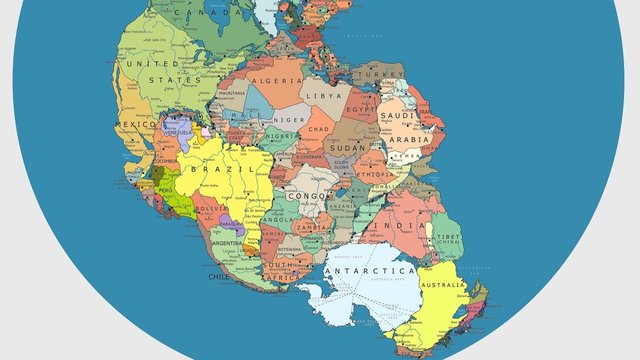“The history of civilization is a story of evolution in our ability to build complex ‘multicellular minds.‘ Speech allowed us to communicate and coordinate. Writing allowed that coordination to span time and space. Twentieth century mass communications allowed shared information and culture to blanket the world. In the 21st century, memes spread mind to mind in nearly real time. “ - Tim O'Reilly, 2012
The advent of language allowed us to model the world, and we create models based on our position in the world, the language we use revolves around us. The phenomena of how people who were close together seemed to share similar beliefs, we defined as a nation of people, from the word nasci, to be born, and how family ties and geographical proximity seemed to form the fabric of these cultural spaces.
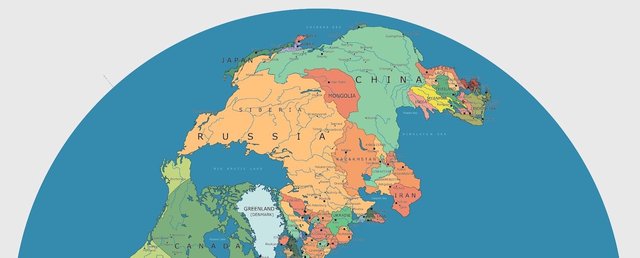
16 years ago, Susan Blackmore released the seminal work The Meme Machine, and put forth in detail how cultures are created by smaller units of information called memes, darwinian replicators that evolve through mutation and selection, and that these were what constituted language, and cultures. The word meme had been around for decades, originally coined and popularized by Richard Dawkins in 1976, and similar concepts date back to early civilization.
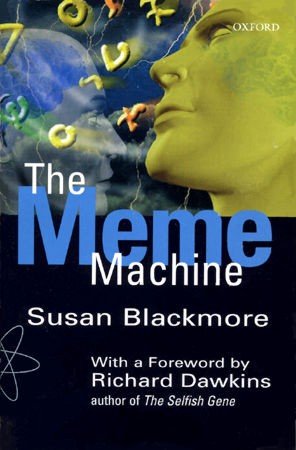
Because humans are embodied minds, and limited by geography, selection of memes originally took place in the meat-space as people collided with one another, occasionally using a messenger on horse back, or later on a postal service. With the advent of electricity, the telephone enabled memes to spread through these communication networks, and later on through computers and the internet.
The collision of memes is guided by environmental factors, a mountain may for example separate two minds back before the telephone to never cross one another’s path. There may be local norms that prevent some collisions from happening, and legal systems that directly mediate how brains are able to inter-mingle.
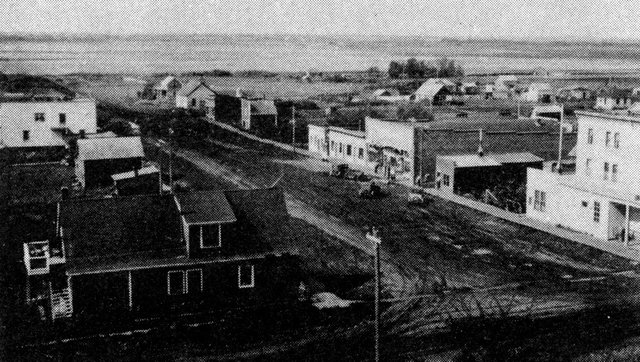
The word nation has been synonymous with the nation-state, legal constitutions that hosted cultures that were defined by and confined by both the geographical borders of the nation-state, and the legal system within which the culture emerged. With the advent of the internet, post-geographical communication networks, and decentralized legal systems, the rules for how memes have sex are now increasingly defined by being mediated by decentralized law, post-geographical transmission, digital storage, and that which we described as nations are no longer bound to place of birth. Instead, what we have are networks of people united by history, shared belief, values, culture, and language, forming what we call Decentralized Borderless Virtual Nations (DBVNs), post-geographical meme-pools that are part of a co-existence between people and networks, our limbic systems, our neo-cortices, and our external neo-cortex or exocortex.
“This new breed is leaving the gene-pools behind, forming post-industrial global meme-pools. They are the informatees. From their earliest years, their defining memes have come flashing at light speed across borders in digital-electronic form. “ - Timothy Leary, 1994
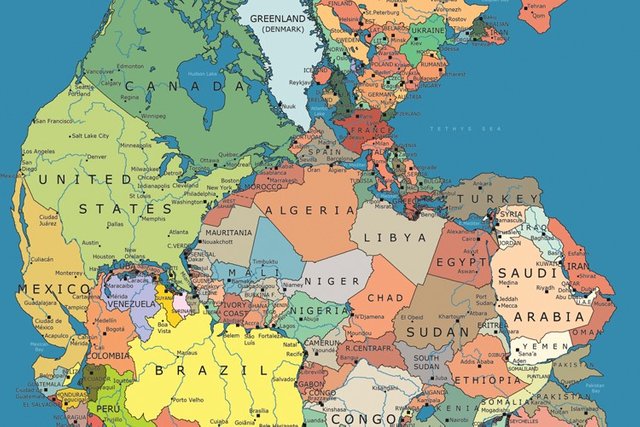
If DBVNs as a form of memetic organization are defined by post-geographical communication, and decentralized law, then we have now lived with post-geographical communication for almost a decade now, since the web 2.0 and social media took over the world, and we are already part Bitnation. Our culture is already shaped more by that which defines DBVNs, than by the technological limitation which have defined nation-states.
